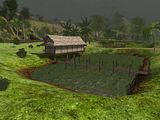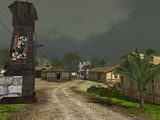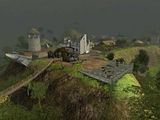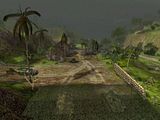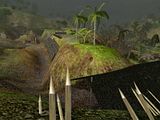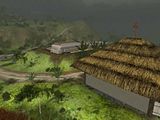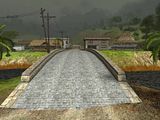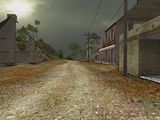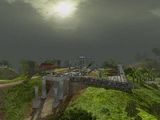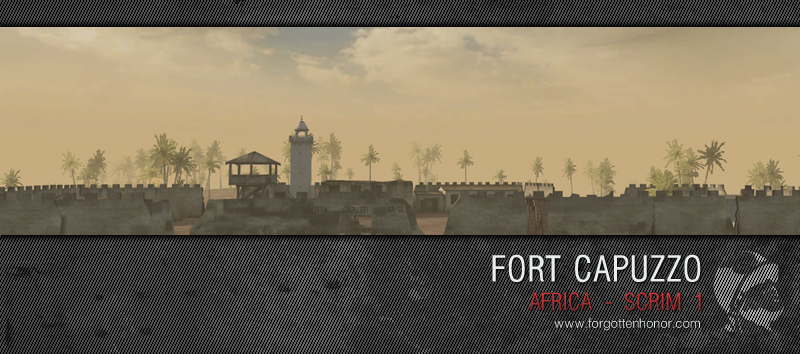
Map by Forgotten Hope 2, modifications by Forgotten Honor Tournament
Fort Capuzzo, during Operation Crusader
By the evening of the 25th of November, the German 15th Panzer Division were west of Sidi Azeiz and down to 53 tanks, practically the entire remaining tank strength of the Afrika Korps. Short on supplies and very exposed, the Axis column were close to losing their line of supplies. It's main supply dumps were on the coast between Bardia and Tobruk and supply convoys would have to find a way past the 4th and 6th NZ Brigade Groups.
On 26th of November, 15th Panzer Division bypassed Sidi Azeiz and headed for Bardia to resupply, arriving around midday. Meanwhile the remains of 21st Panzer Division attacked northwest from Halfaya towards Capuzzo and Bardia. The Italian Ariete Division who were approaching Bir Ghirba from the west, were ordered towards Fort Capuzzo to clear any opposition and link with 21st Panzer. They were to be supported by 15th Panzer's depleted 115th Infantry Regiment which was ordered to advance with some artillery southeast from Bardia towards Fort Capuzzo. The two battalions of 5th NZ Brigade positioned between Fort Capuzzo and Sollum Barracks were engaged by the converging elements of 15th and 21st Panzer at dusk on 26 November.Battle is Friday April 9th. Make sure you are one of the many who have signed up for this exciting campaign. Division are filling fast! Click on the link below to register.
























